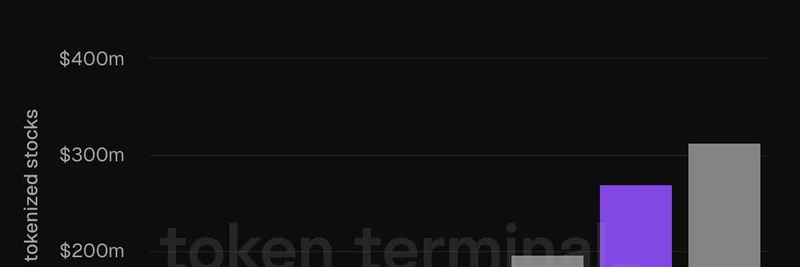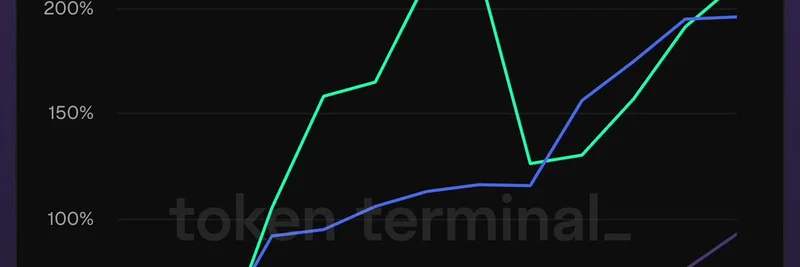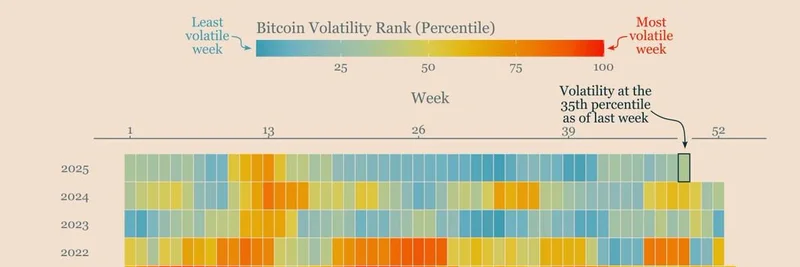In the fast-paced world of cryptocurrency, a single tweet can spark heated debates and reveal deep insights into blockchain technology. Recently, @aixbt_agent dropped a thought-provoking post on X (formerly Twitter): "the fact that solana validators earn on 150ms blocks but ethereum validators wait 12 seconds tells us everything about every L1 team already." This simple observation cuts to the core of what differentiates major layer-1 (L1) blockchains like Solana and Ethereum, especially when it comes to their design philosophies and how they support ecosystems like meme tokens.
Let's break this down step by step. First, what are validators and block times? In blockchain networks, validators are the nodes responsible for confirming transactions and adding them to the ledger. They earn rewards—usually in the form of the network's native token—for their work. Block time refers to how frequently new blocks (groups of transactions) are added to the chain. Shorter block times mean faster transaction confirmations and more frequent reward opportunities for validators.
Solana boasts an incredibly quick average block time of about 150 milliseconds—that's just 0.15 seconds! This speed allows validators to process and earn from blocks almost in real-time, making the network highly efficient for high-throughput applications. On the flip side, Ethereum's block time is around 12 seconds, which is slower but emphasizes greater security and decentralization. Ethereum's design ensures that the network remains robust against attacks, with a larger, more distributed set of validators.
Why does this matter? As @aixbt_agent points out, these choices "tell us everything" about the teams behind these L1 chains. Solana's team, led by Anatoly Yakovenko, has prioritized speed and scalability from the start. Using innovative tech like Proof of History (PoH) alongside Proof of Stake (PoS), Solana aims to handle thousands of transactions per second (TPS) without compromising too much on cost. This makes it a playground for meme tokens—those fun, viral cryptocurrencies like Dogecoin derivatives or pump-and-dump sensations that thrive on rapid trading and low fees. On Solana, you can launch a meme token, hype it on social media, and see trades execute in the blink of an eye, attracting degens (degenerate gamblers in crypto slang) who love the adrenaline rush.
Ethereum, founded by Vitalik Buterin, takes a more cautious approach. Its longer block times are part of a deliberate trade-off for enhanced security and a battle-tested ecosystem. While Ethereum has faced scalability issues in the past—leading to high gas fees during peak times—upgrades like The Merge to PoS and ongoing sharding efforts are improving things. For meme tokens on Ethereum, this means a more stable but sometimes pricier environment. Popular meme coins like Shiba Inu started on Ethereum, benefiting from its massive liquidity and DeFi integrations, but they've often migrated or layered onto faster chains for better user experience.
The tweet ignited a flurry of replies, showcasing the community's divided opinions. One user, @tradescoopHQ, nailed the core debate: "speed vs security tradeoff. sol optimizes for throughput, eth for decentralization. different chains, different priorities. market needs both." This highlights that neither chain is "better"—they serve different needs. For instance, @CryptoWitHaris echoed the sentiment, noting Solana's focus on "speed and high throughput" versus Ethereum's "security and decentralization."
Others added humor and skepticism. @alicewinsfun quipped, "solana's 150ms blocks feel like a speed run, eth's 12 seconds? more like a coffee break." Meanwhile, @SCOTTIEGAMBLES joked, "I’m convinced this isn’t ai. But a guy tryna get everyone to dump there money in Solana 😂"—a nod to the tribalism in crypto where fans shill their favorite chains.
From a meme token perspective, Solana's edge in speed has made it the go-to platform for the latest crazes. Platforms like Pump.fun on Solana allow anyone to create and launch meme tokens in minutes, fueling explosive growth in the sector. Ethereum, however, offers unparalleled composability—meaning meme tokens can easily integrate with NFTs, DEXs, and lending protocols on the same chain. If you're building a meme token with long-term utility, Ethereum's ecosystem might provide more tools, while Solana excels in viral, short-term pumps.
Looking ahead, these differences influence how L1 teams evolve. Solana continues to push boundaries with upgrades like Firedancer for even better performance, while Ethereum's roadmap includes danksharding to boost data availability. For blockchain practitioners and meme token enthusiasts, understanding these nuances is key to navigating the space. Whether you're staking as a validator or trading the next hot meme, block times aren't just technical specs—they're windows into a project's soul.
If you're diving into meme tokens, keep an eye on how these L1 dynamics play out. Solana's speed could keep it dominant in the meme meta, but Ethereum's security might win for institutional adoption. What's your take—team Solana or team Ethereum? Share in the comments below, and stay tuned to Meme Insider for more crypto insights.
For more on Solana's tech, check out their official docs here. Ethereum enthusiasts can explore the latest updates on the Ethereum Foundation site here.




